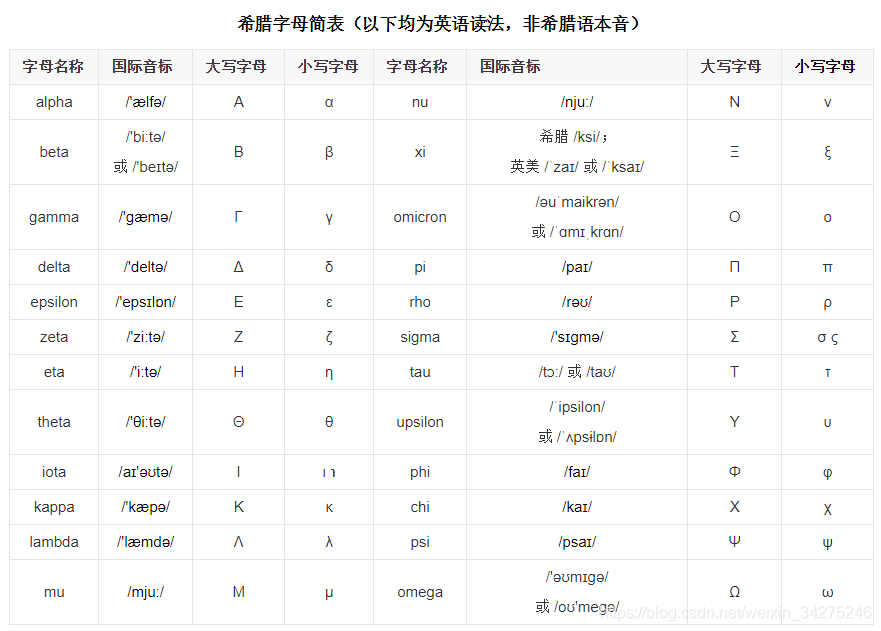Kernel Principal Component Analysis 核主成分分析
阿新 • • 發佈:2018-12-23
PCA:
Linear dimensionality reduction using Singular Value Decomposition of the data to project it to a lower dimensional space.
This example shows that Kernel PCA is able to find a projection of the data that makes data linearly separable.
import numpy as np
import matplotlib.pyplot as plt
from sklearn.decomposition import PCA, KernelPCA
from sklearn.datasets import make_moons
np.random.seed(0)
X, y = make_moons(n_samples=300, noise=.05)
kpca = KernelPCA(kernel="rbf", fit_inverse_transform=True, gamma=10)
X_kpca = kpca.fit_transform( 
make_circles(n_samples=400,factor=.3, noise=.05)時:

參考網址:
matplotlib (plt) 命令與格式:圖例 legend 語法及設定
https://blog.csdn.net/helunqu2017/article/details/78641290
如果有希臘字母時,使用plt.xlabel(r’$\psi$’)即可顯示Ψ;使用plt.xlabel(r’$\theta$’)即可顯示θ;
https://baike.baidu.com/item/希臘字母/4428067?fr=aladdin

subplots_adjust(left=None, bottom=None, right=None, top=None, wspace=None, hspace=None):
引數一般都取小數。
https://matplotlib.org/api/_as_gen/matplotlib.pyplot.subplots_adjust.html
